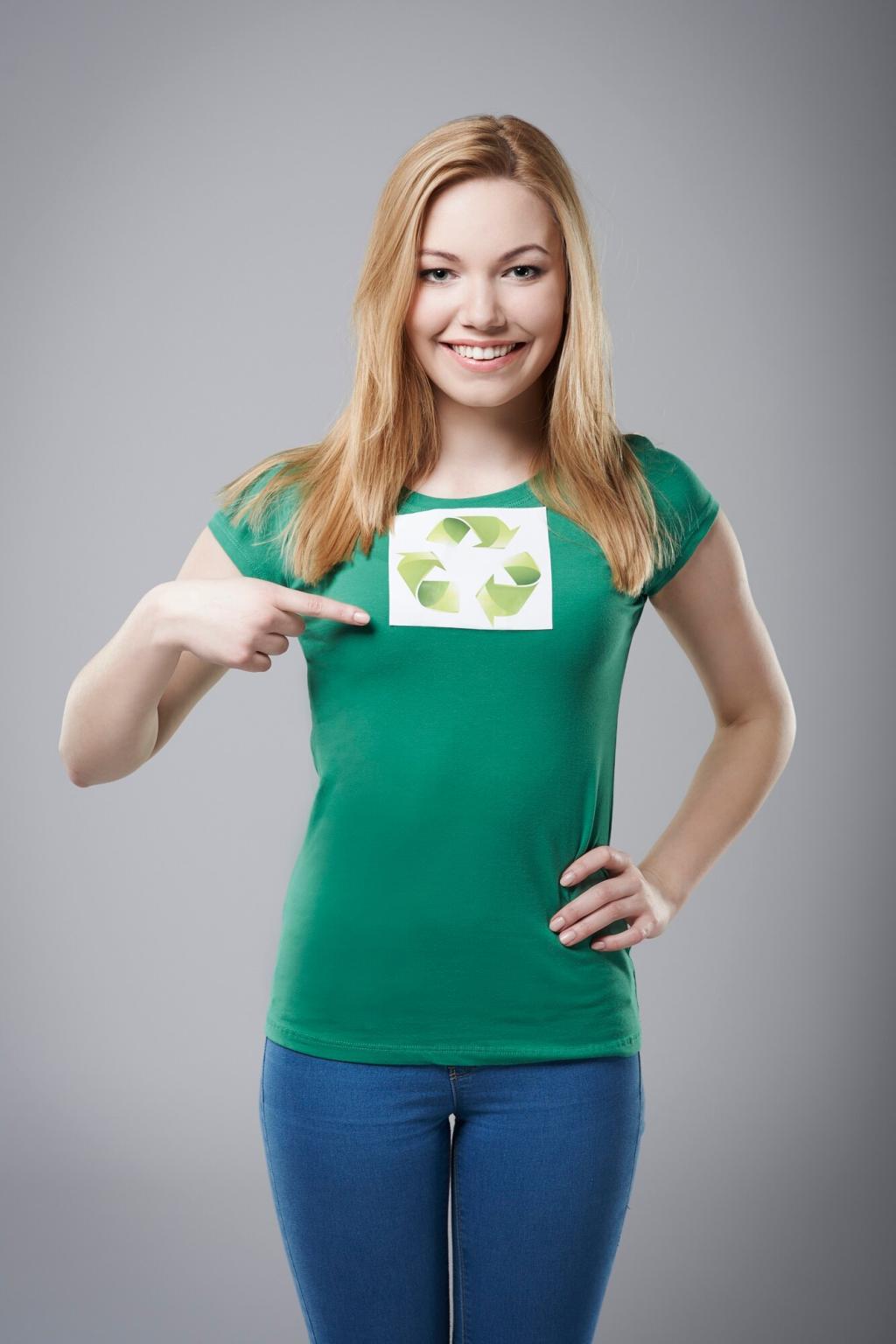
Upcycling and Repurposing in Fashion
Upcycling and repurposing in fashion have emerged as vital movements reshaping how we think about the lifecycle of clothing. By transforming discarded, surplus, or unwanted garments and materials into new creations, these innovative practices address environmental concerns, promote creativity, and create new opportunities within the fashion industry. This comprehensive page explores the significance, processes, and impact of upcycling and repurposing, along with showcasing inspiring initiatives and ways individuals and brands are driving positive change in wardrobes and the wider world.
The Importance of Upcycling in Sustainable Fashion
01
Reducing Textile Waste
The fashion industry is one of the largest contributors to textile waste, with millions of tons of clothing discarded annually. Upcycling significantly cuts down on this waste by reimagining and reusing existing textiles. Instead of ending up in landfill sites, old garments and scraps become the raw materials for new, unique pieces. This not only conserves space in waste facilities but also reduces the environmental impact associated with fabric decomposition, such as methane emissions and chemical leaching. Through creative techniques, designers and DIY enthusiasts are turning what was once considered trash into valued items, tangibly reducing waste and setting a powerful precedent for responsible fashion.
02
Conserving Resources and Energy
Traditional garment production requires vast amounts of water, energy, and raw materials, all of which put considerable strain on the environment. Upcycling circumvents much of this consumption by repurposing goods that have already undergone initial resource-intensive processing. Instead of starting from scratch, the upcycling process leverages what already exists, saving everything from water in cotton farming to the energy used in fabric production and dyeing. This conservation translates to a reduction in carbon emissions and depletion of natural resources, aligning with broader efforts to make the fashion industry more eco-friendly and sustainable for generations to come.
03
Encouraging Ethical Consumerism
Upcycling in fashion fosters a culture of ethical consumerism, where people are more intentional about their clothing choices. When individuals understand the value and story behind upcycled pieces, they often form a deeper connection with their wardrobe and are less likely to engage in overconsumption. This shift not only benefits the environment but also empowers consumers to support brands that prioritize sustainable practices. By choosing upcycled items, shoppers are voting for a better fashion system—one that values creativity, resourcefulness, and conscious consumption over constant newness and disposability.
Creative Processes and Techniques
Deconstruction and Reconstruction
Deconstruction and reconstruction is a technique where garments are carefully taken apart and reassembled into entirely new forms. This process often involves dissecting seams, removing parts, and reconfiguring elements to give the fabric a new purpose and silhouette. The result might be a skirt transformed from a pair of jeans, or a shirt fashioned out of several contrasting blouses. This approach champions ingenuity and experimentation, allowing both designers and wearers to enjoy a one-of-a-kind piece that challenges the conventions of traditional garment making. By embracing imperfection and creativity, deconstruction not only extends the life of clothing but also gives rise to statement pieces filled with character and history.
Embellishment and Surface Design
Embellishment is a key component in upcycled fashion, adding new layers of expression to pre-existing garments. Through applications such as embroidery, painting, patching, appliqué, or beading, worn clothing is revitalized with artful enhancements. These surface designs can conceal imperfections or signs of wear, while simultaneously transforming a basic item into a couture-level creation. The process allows for extensive personalization, reflecting the creator’s vision or the wearer’s personality. This technique not only breathes new life into forgotten garments, but also fosters a sense of attachment and pride, making each upcycled piece truly unique and meaningful.
Material Mixing and Hybridization
Material mixing involves blending different fabrics, textures, or even objects to create eclectic, innovative fashion. Upcyclers often pair disparate materials—such as denim with lace, or canvas with silk—to produce contrasts that are visually striking and structurally interesting. Hybrid garments may incorporate unexpected elements like vintage scarves, hardware, or even household textiles. This approach encourages breaking away from the idea of uniformity and perfection, resulting in wardrobe staples that are bold, playful, and deeply personal. Material mixing not only makes use of available resources but also expands the possibilities of what fashion can express, elevating upcycling to a true art form.

Upcycling empowers local artisans, tailors, and small businesses to tap into their creativity and develop niche markets for distinctive products. Unlike large-scale fashion brands, small upcyclers can regularly experiment with styles and techniques, offering limited edition or custom pieces that stand out in the marketplace. This focus on handcrafted, one-off items appeals to consumers seeking authenticity and individuality. In turn, small businesses benefit from increased customer loyalty and community engagement while keeping production local. By supporting upcycled fashion, consumers help sustain livelihoods, artistic traditions, and economic resilience within their communities.
